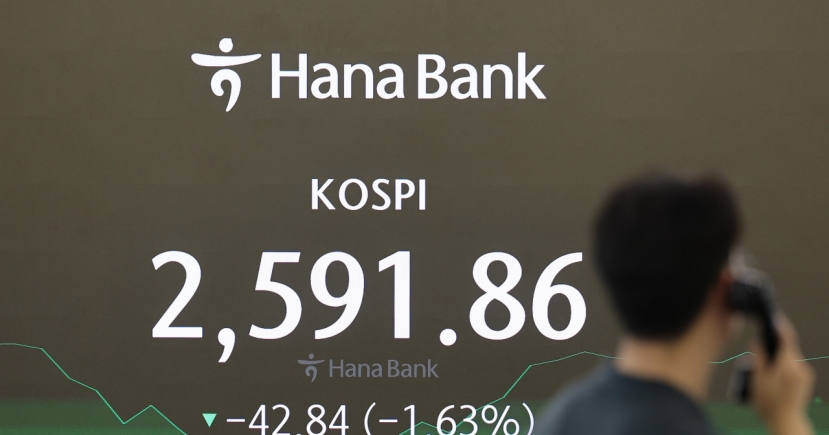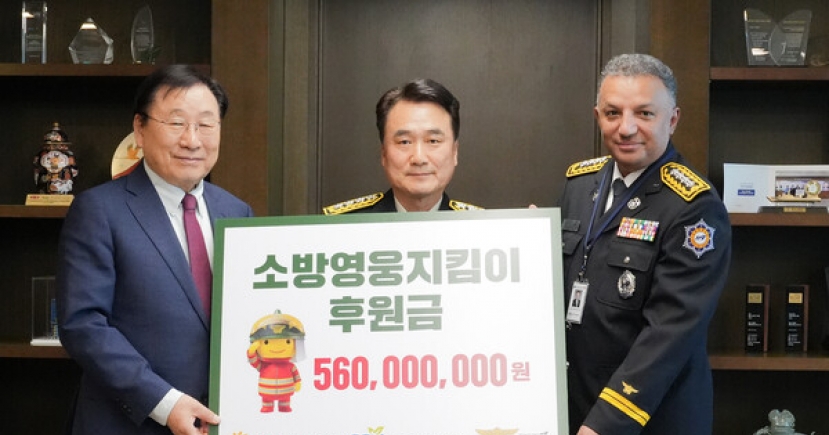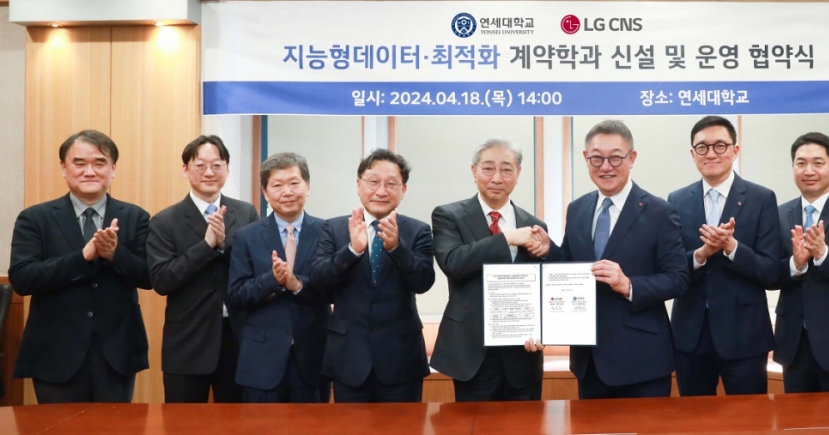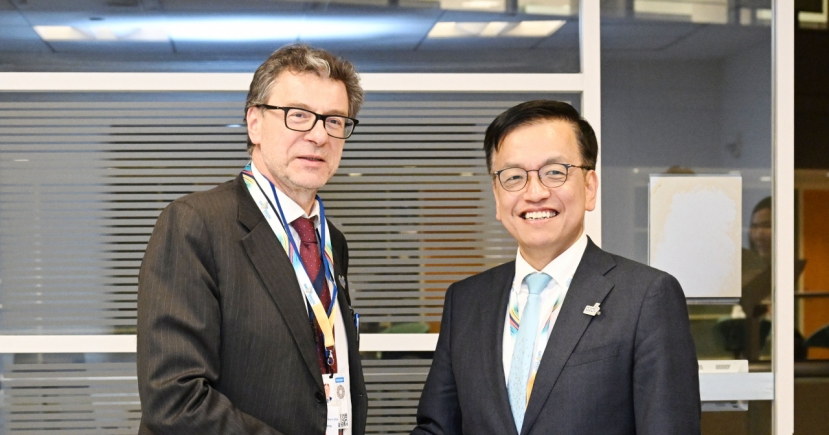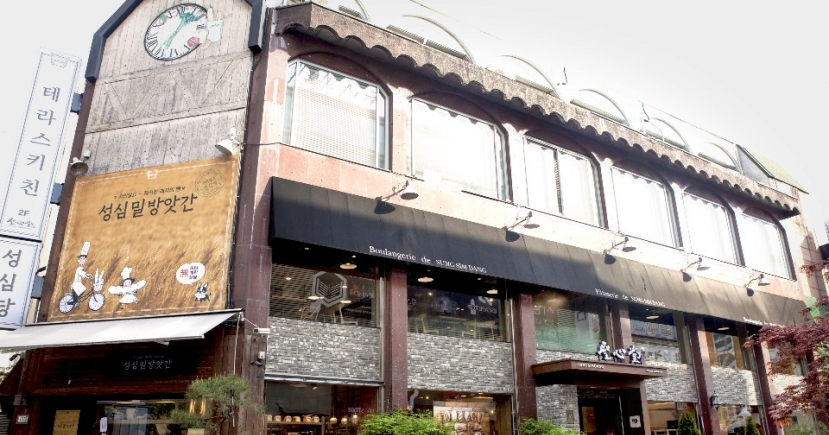Economy
NK missile test set to fuel hardline voices in US
[THE INVESTOR] North Korea’s missile launches on March 6 came as the Donald Trump administration in the US shapes its policy for Pyongyang, one of the thorniest diplomatic and security challenges it faces.
The firing was largely seen an all-too-familiar show of force against South Korea-US annual joint military drills that kicked off on March 1 for a two-month run.
But, the event may mean a fresh test for the nascent US leadership’s resolve as it maps out its North Korea policy vision, expected as early as this month. Trump has called Pyongyang a “big problem” and pledged to respond “very strongly” but has so far not translated words into action yet.
Calls have been rising in Washington to harden the approach to the headstrong Kim Jong-un regime, which could include steps from a preventive strike on nuclear facilities, a return of nuclear weapons to South Korea, or efforts to force regime change.
The mood soured after the North test-fired a new intermediate-range ballistic missile, the Pukguksong 2, last month.
The New York Times reported on March 4 Trump’s national security deputies recently held two meetings to explore all options, saying a reintroduction of nuclear weapons to the South would be a “dramatic warning.” Last week, the Wall Street Journal reported the White House had explored the possibility of military force and a regime change in its review of strategy for thwarting the regime’s nuclear ambition.
None of those measures seem to have much chance of becoming a concrete policy at this point, given the high risks they pose of military escalation and a backlash from China, the North’s prime backer.
Around Seoul and Washington, however, the prevalent sentiment is that conventional approaches like aid-for-moratorium negotiations have already proved futile, and a new idea is needed.
A potential game changer is Pyongyang’s mastering of technology for an intercontinental ballistic missile, which it has threatened to fire since Kim’s New Year address.
With the Trump administration forming its North Korea policy, concerns are growing here over the lack of top-level coordination in the face of President Park Geun-hye’s absence from duty.
The New York Times’ report on tactical nuclear weapons caught some Seoul officials by surprise, though they acknowledge the fundamental need for any new administration to examine all policy options.
Last year, the issue brought a headache to officials in Seoul and the US, as some leading lawmakers and scholars here relayed calls for a redeployment of the weapons and even the start of South Korea’s own nuclear weapons program after Pyongyang’s fifth nuclear test in September.
The US withdrew tactical nuclear weapons in line with a 1991 inter-Korean denuclearization declaration. Advocates argue the bombs’ reintroduction could be an effective countermove to Pyongyang, saying the text has virtually become a “dead letter.”
The debate may heat up again ahead of a presidential election this year, with leading candidates churning out their views for and against the redeployment issue on March 6.
Seoul, for its part, is seeking to boost policy coordination with Washington, while speeding up the stationing of the US’ THAAD missile shield here this year. US Secretary of State Rex Tillerson is also expected to make his first visit here late this month as part of his Asia tour that also includes stops in Tokyo and Beijing.
“I believe the reintroduction of tactical nuclear weapons was brought up as an option, not part of the alliance discussions, as all new administrations in not just the US but also South Korea carry out a comprehensive policy overhaul,” a Seoul official said, requesting anonymity due to the sensitivity of the matter.
By Shin Hyon-hee/The Korea Herald (heeshin@heraldcorp.com)


